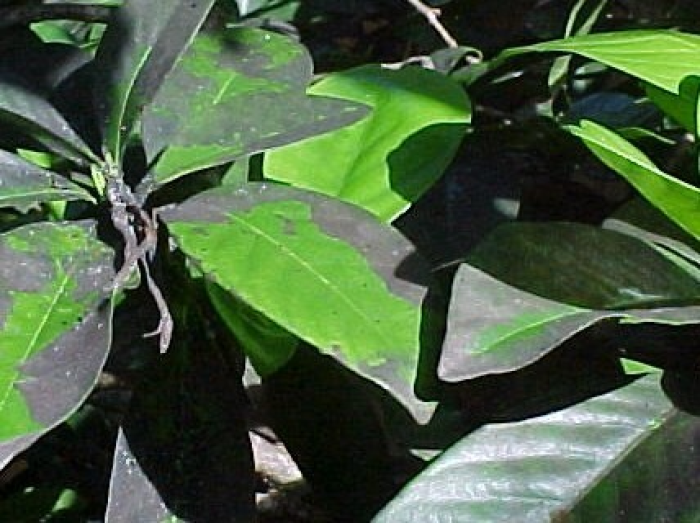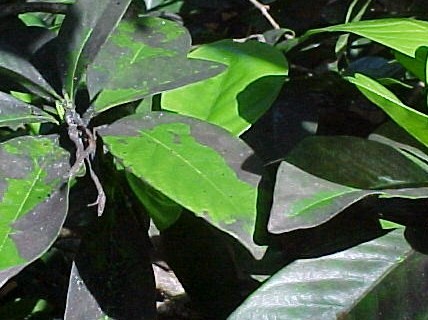Sooty Mold

|
Sooty mold may occur on any tree but is most commonly seen on some of the Lilly Pilly species plus numerous ornamental trees and shrubs. These Ascomycetes fungi are generally harmless to plants and can be ignored, except when they are extremely abundant and prevent light from reaching the leaf surface, causing plants to become stressed. The fungi grow on plant surfaces that have become covered with insect honeydew from aphids, scales, the whitefly, and other insects which suck sap from host plants. The name itself is descriptive, as sooty mold is a black, powdery coating on the leaves of affected trees. They are most common throughout the warmer months or during vigorous growth periods when large quantities of fresh new growth is present. Once on the tree, the insects continue their infestation until a suitable treatment is carried out. If sucking insects are not controlled, leaves will drop prematurely, sometimes killing portions of twigs and branches. Sucking insects also feed on trunks and stems of plants.
|
Sooty mold on leaves |
Categories
- Latest News (5)
- Articles (8)
- Tree of the Month (9)
- What pest or disease is that? (7)
Recent Posts
Archives
- August 2013 (1)
- November 2010 (1)
- October 2010 (3)
- September 2010 (2)
- August 2010 (2)
- July 2010 (2)
- June 2010 (5)
- May 2010 (12)
- April 2010 (1)


